Description
Macho, Macho Plant! I want to see a Macho Plant!
If you consider yourself old-fashioned with a preference for tropical vibes, the Macho Fern is for you. You can plant these huge, robust plants along on both sides of your house entrance to give it the historic feel of old districts. They even grow very well in large planters and hanging baskets indoors.
These ferns do not produce flowers but they do reproduce by making spores customarily.
History
Giant sword fern or macho fern is a species of fern in the family Lomariopsidaceae. The scientific name for this fern is Nephrolepis Biserrata.
Macho fern was discovered in 1894 in a cargo of N.exaltata to the capital of Massachusetts. It is native to western North America. The term sword fern was documented by David Fairchild.
Caring for your Macho Fern plant
Caring for a macho fern is an easy task, but it has a few requirements to help it grow healthily.
Light
The macho fern does not ask for a lot of sun. Your plant will beautifully thrive in indirect, bright light. You can grow it in shaded or partly shaded areas. However, do not try to grow your plant in very dark areas. That’s because a macho fern needs to get 6 to 8 hours of dim sunlight for survival.
If you are growing your plant indoors, do not place it near a south or west facing window as direct sunlight can very quickly burn its foliage. Make sure your macho plant gets bright, indirect light by placing it near a north or east-facing window.
Soil
Generally, the macho fern does well in all kinds of garden soils, including sandy or rocky soils. This is because it can grow as an ephiphyte plant.
If you wish to pamper your fern, here are the things you should consider about its preferred soil. The fern requires moist but well-draining soil. While choosing the right soil for your plant, look for a variant that has good water retention. The soil should also be airy and rich in organic matter.
Macho fern enjoys slightly acidic soil, so a pH ranging from 6.0 to 6.5 will work best.
Water
Macho ferns are completely intolerant to drought situations. Make sure you don’t let the soil dry out completely, as it can seriously impact the health of your plant.
It requires water in moderation. Water your fern when the first inch of soil begins to feel dry. Remember, you only need to keep the soil moist and not wet, so try not to overwater. Macho ferns can’t tolerate excessive moisture.
The best way to water macho ferns is to supply small amounts of water with short breaks.
Fertilizer
Macho ferns only require moderate fertilization. However, they do equally well with or without fertilizer.
You can use an all-purpose or nitrogen-rich fertilizer to feed young plants every 6 weeks. Make sure to only do this during spring and summertime.
As your fern will mature, you can cut down on fertilizer and only fertilize it once every 6 months during spring and summer seasons.
You should avoid over-fertilization at all costs as even a bit of extra fertilizer can cause damage to half or more than half of your fern plant. Plus, to avoid tip burns, water your plant first each time you plan to fertilize it.
Common Issues
Although macho ferns are generally pest and disease-free plants, certain pests and diseases can attack them.
Pests and diseases
Your outdoor macho fern is susceptible to pests than an indoor fern. Common pests such as mealybugs, scales, and aphids can attack your plant. You can treat affected ferns with rubbing alcohol or insecticides.
Macho fern diseases include leaf tip burn and nematodes. Brown frond tips can be seen as a result of tip burn. Over fertilization is what usually causes it. Nematodes are a disease that causes the roots to rot and the foliage to wilt and die.
Pruning your Macho Fern
Macho ferns do not require pruning very often. However, it is good to trim or cut off old fronds occasionally.
Propagation
You can propagate macho ferns by division. Before you start, make sure your plant is healthy and mature.
- Dig up the plant and expose the roots
- Separate a section of rhizomes from the plant
- Plant the separated clumps in separate containers or areas of your garden
- Water thoroughly
Potting/Repotting
If you are growing your fern in a container, you will need to repot it every 1 to 2 years. Of course, how often you repot it depends on the growth rate. Although macho ferns can tolerate root bounds, it is best that you repot it to provide enough space to grow.

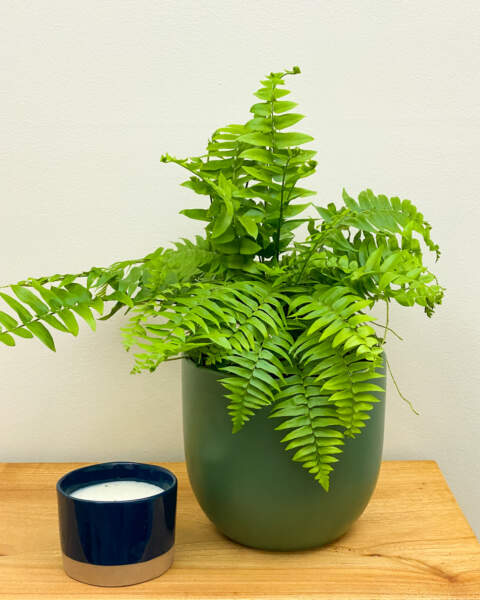
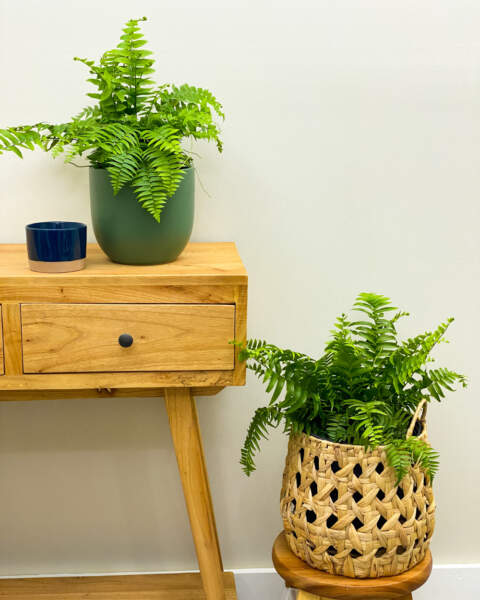
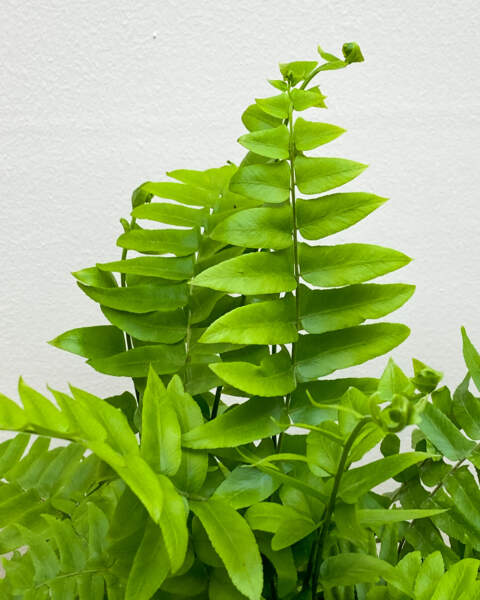
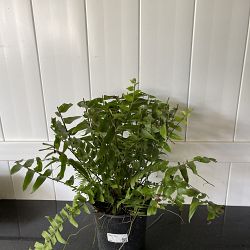
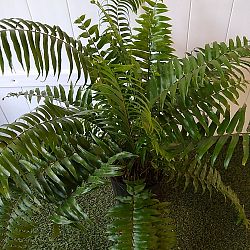
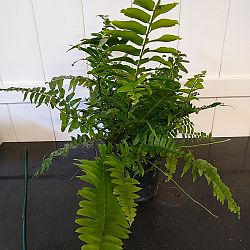



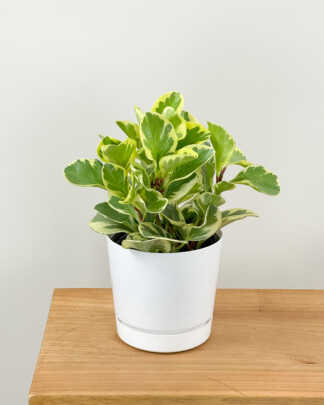
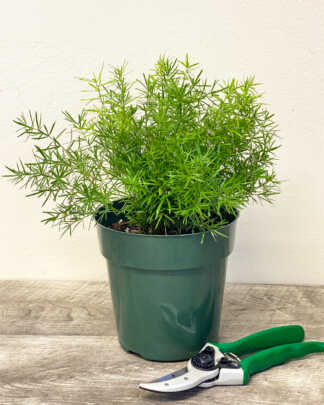
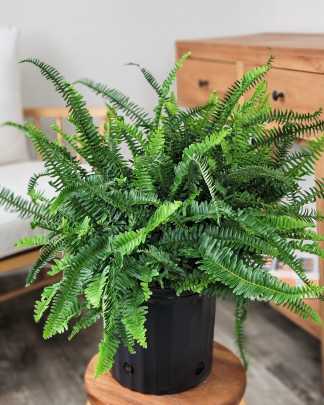

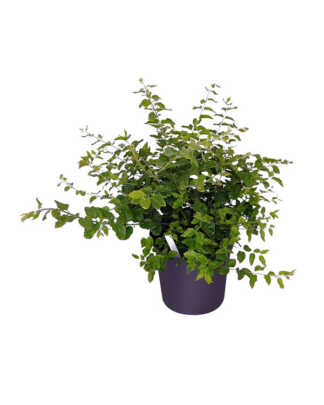


Margaret L. (verified owner) –
Some leaves are crushed but I hope that it will do well.
Jennifer (verified owner) –
PlantVine made sure to wait until temps were safe (above freezing to send my plants) and shipping was extremely fast. I was a little disappointed in the size of my plants however. I ordered 15 medium size macho ferns for my daughter’s wedding (and ordered them 45 days in advance for time to grow), however, these were the SMALLEST medium size macho ferns I’ve ever seen! It will take at least a year to 18 months for them to reach what qualifies as a medium size macho fern.
Anonymous (verified owner) –
Hannah M. (verified owner) –
Very cute and whimsical. Nice plant
Nambia Bennett (verified owner) –
Susie K. (verified owner) –
Arrived with 2 black caterpillars of some sort and small black balls all over the leaves. Unsure what they were so I rinsed them off and put the insects outside. Fern was in ok condition, not great. Hoping it is ok.
Anonymous (verified owner) –
There were a few leaves that had suffered damage from the trip but nothing major. still very happy with healthy ferns.
Tracy (verified owner) –
I didn’t realize the medium plant was so small. The picture made them appear larger. Even though they small they are beautiful and healthy.
FNU Zaineb (verified owner) –
Connie M. (verified owner) –
Beautiful condition! Doing well in new large pot!
Cheryl Feld (verified owner) –
A beautiful full green fern
Anonymous (verified owner) –
Very dry and was falling apart when I received it. Not sure if it dried on the way. But only time will tell.
Patrick W. (verified owner) –
nice a little weary from the trip but perked up quickly